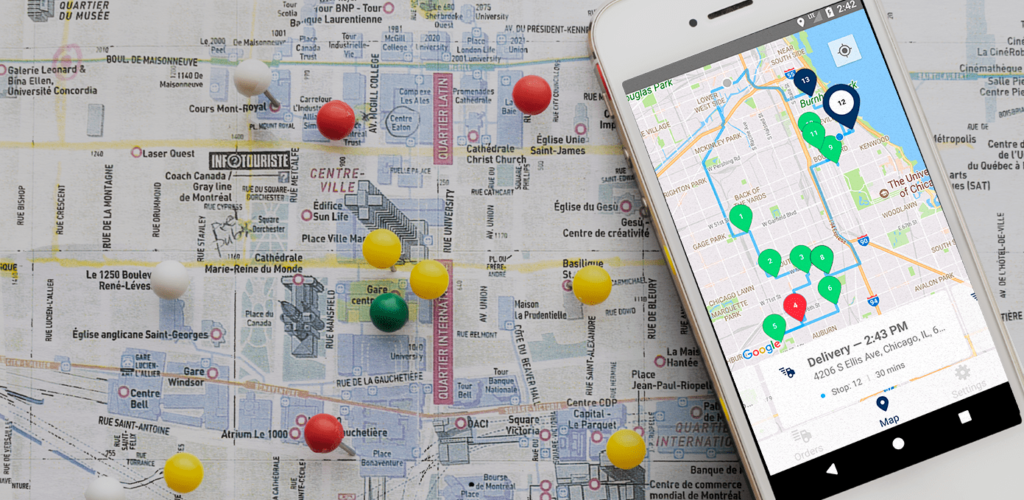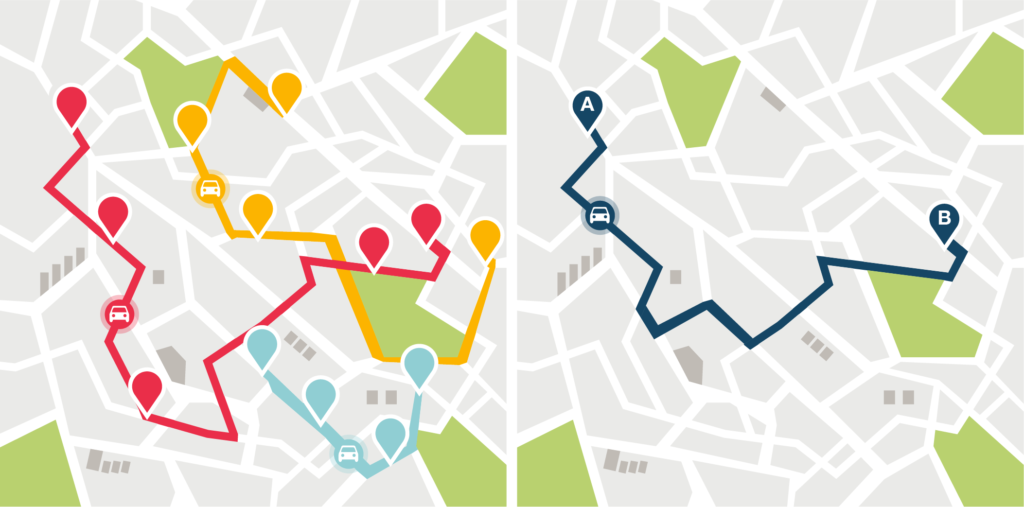Currently the
traditional model of delivery, where a customer contacts a local restaurant
directly, still accounts for nearly 90% of all delivery orders, with ⅔ of those
being ordered by phone. However as technology has shown in many other
commercial markets, the ability and desire to purchase or order anything online
is growing quickly.
Recently the worldwide market for food delivery has been estimated to be worth over $87 billion, which is around only 1% of the total food market, and 4% of food sales by restaurants or fast-food chains. Americans themselves are expected to spend over $12.5 billion a year by 2019 on delivery food. With the estimated growth the by around 3.5% per year for the next 5 years, many companies and startups are trying to get their piece of the pie.
Companies like Deliveroo, UberEats, and Eat24 have slowly grown to become the middle-man between the customer and restaurants throughout many cities in North America and the UK. The concept is to basically offer as large a choice of restaurants as possible based on your address. Two models of this concept have been developed that both involve dealing with numerous restaurants but handle the delivery of food completely different. One model is operated by aggregators. These aggregators take orders online or via app, and pass the
order along to each individual restaurant who then handles delivery themselves.
The other model can be defined as “new delivery,” which is a concept that requires the company taking the orders to also control the logistics and delivery.

Deliveries from restaurants are not
the only avenue that has been taken for companies who are trying to exploit the
growing market of food delivery services. Startups across the United States
have found that offering weekly meal packages have also been a lucrative and
attractive way to capture the growing healthy eating trend developing across
the country. Companies such as PlateJoy, and Plated have created healthy and relatively
inexpensive meals that are prepared and delivered to homes, to be eaten during
the week.
One company called Gobble initially pursued this course as
their entry into the food delivery market, but after 5 years of prepared meals
decided to change her model to quick, one-pan meals. Owner Ooshma Garg said
that the company eventually learned that “getting food in a takeout box was not
satisfying [to some working parents] because people felt guilty about not
actually cooking.” (Fortune, Fenn) This specific trend of delivering
ingredients instead of meals themselves has grown to include some billion
dollar companies such as: Blue Apron, and HelloFresh.
Being able to offer a meal that
people want has not been the only challenge facing many, if not all of these
companies vying for food delivery supremacy. Everything from marketing to
delivery has required a ton of capital and research to separate from the crowd
and offer a superior service. With the ability to personalize the ordering
experience, once a customer signs up for one of these websites, 80% will either
never, or rarely venture to another.
For the deliveries themselves, the
speed of delivery is considered to be one of the largest factor when it comes
customer satisfaction. If ordering a meal for dinner or lunch, most maximum
most people were willing to wait was up to 1 hour. Also the majority of meals
were found to be delivered to the home (at 82%), rather than to work, with a
spike over the weekends. One can speculate as to why this is the case, but with
the fast pace lifestyle of the average American, at home deliveries may slowly
become the new battleground for all styles of restaurants.
 increase earnings by 10-30%
simply by allowing you to complete more orders,
increase earnings by 10-30%
simply by allowing you to complete more orders, improve employee
productivity and customer satisfaction,
improve employee
productivity and customer satisfaction, cut operating costs and
overtime by 30%.
cut operating costs and
overtime by 30%.












